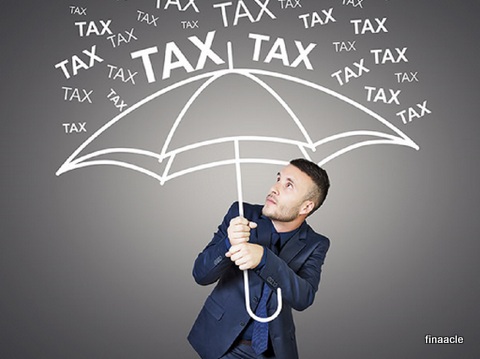Understanding Indirect taxes can be overwhelming, but it’s actually not that hard.
The first step in this direction would be to know some of the basics of tax.
Tax is a charge imposed by the government on the citizens. The contribution is compulsory and not voluntary. It’s one of the main sources of revenue for the government to provide the necessary amenities to the people of the country.
Tax is treated under two types.
- Direct Tax: Here the entire liability of paying tax is borne by the taxpayer. In other words, the impact and the incidence falls on the same person. Both state and the central government levy direct tax, depending on the type to be levied.
- Indirect Tax: Here the tax is imposed on the manufacture, exchange or sale of goods and services. And the impact and incidence of tax doesn’t fall on the same person.
Now take a look at the technicalities of indirect taxes in detail one by one.
Service Tax: It is the tax payable by the service provider to the government on the services provided by him. But it is ultimately borne by the consumer, as it eventually received from them.
Service Tax came into force in the year, 1994 and it is governed under the Finance Act.
Previously, it was levied on only on a certain number of goods, but with the recent announcement (2012) by the government, it will be levied on all services unless specified in the exemptions list.
Tax Rate: At present the service tax rate remains at 15% (applicable from June 2016) including SHEC and Education cess.
Central Sales Tax: Here the tax is imposed on the sales that happen between two different states in the country. In other words, a person is liable to pay tax if he/she engages in inter-state trade.
Central Sales Tax (CST) is governed by the Central Sales Tax act of 1956. There are a few exemptions under which CST will not be charged.
Tax Rate: The Central Sales Tax, right now stands at 14.5%.
VAT (Value Added Tax): It is a type of an indirect tax which is levied on the goods at each stage of production. To elaborate, the tax is imposed as and when the value is added to the goods.
The tax liability is borne by the customers and producers/dealers have the responsibility of collecting it from them. Any producer/dealer who has an annual turnover of more than 5 lakhs is required to register under VAT.
Value Added Tax comes under the purview of the state government.
Tax Rate: It differs with every state and there is no uniform application for the entire country.
GST (Goods and Service Tax): This tax is designed with notion of replacing all the indirect taxes that are in operation right now.
GST will be levied on the exchange/manufacture or the consumption of goods. It will be applicable on all the goods other than crude petroleum, motor spirit and a few others.
It will come under the purview of both central and state government and under a system which is a culmination of both, known as integrated GST.
Hopefully, you’ve learned what indirect taxes are and how they work. All taxes are important to keep the country running as well as expanding, so that the same benefits can actually reach us.
References:
http://www.investorwords.com/4879/tax.html
http://www.charteredclub.com/what-is-service-tax-and-current-rates-of-service-tax-in-india/
https://www.bankbazaar.com/tax/difference-between-direct-tax-and-indirect-tax.html
https://in.finance.yahoo.com/news/basics-explained–what-are-direct-and-indirect-taxes-064840748.html
https://www.bankbazaar.com/sales-tax.html










